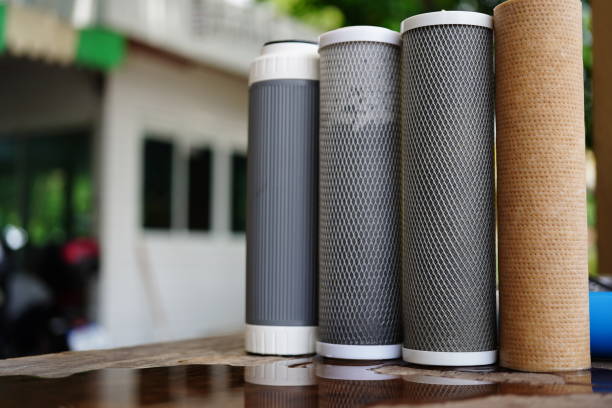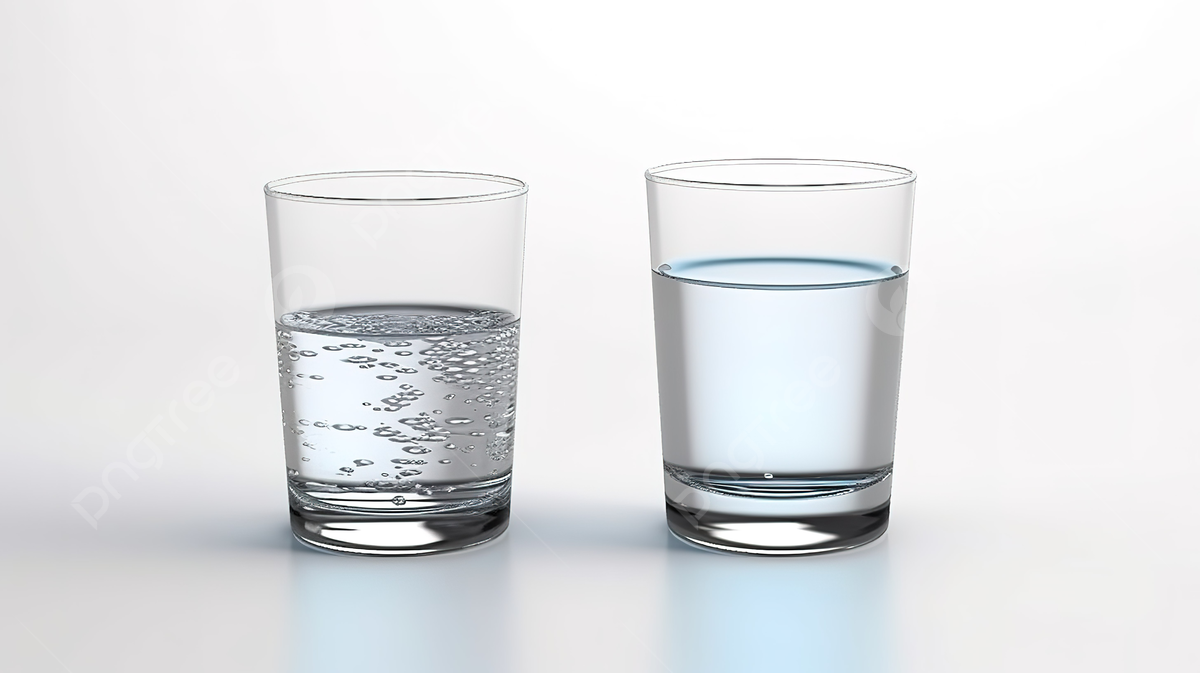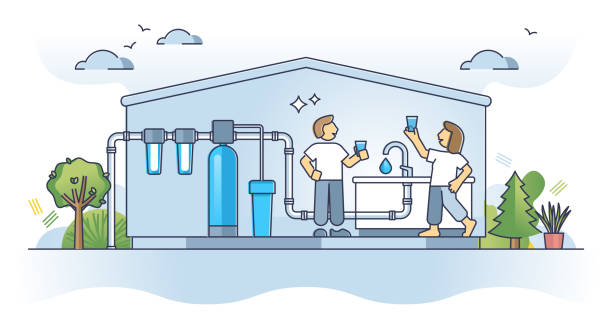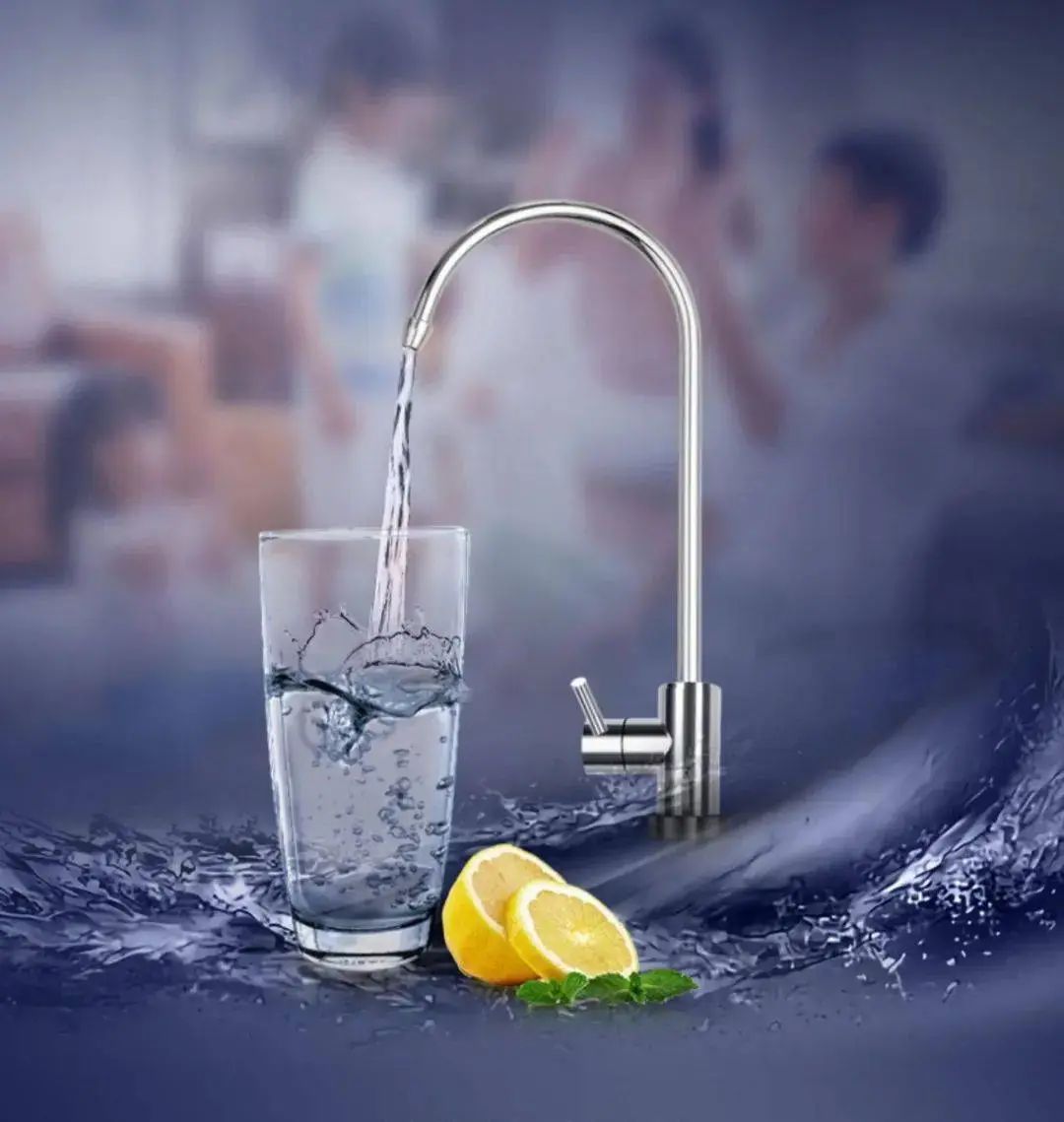 Water purifier purchase guide: filtering method advantages and disadvantages of analysis + cartridge role of the whole analysis
Water purifier purchase guide: filtering method advantages and disadvantages of analysis + cartridge role of the whole analysis
 What is the difference between purified and pure water? Does a water purifier drink purified or pure water?
What is the difference between purified and pure water? Does a water purifier drink purified or pure water?
 Whole house water purification is “pseudo demand”? 90% of the people are installed wrong! The scientific configuration guide is here!
Whole house water purification is “pseudo demand”? 90% of the people are installed wrong! The scientific configuration guide is here!
 Is a whole house water purification system an IQ tax, or a necessity of life? Read it and you'll understand!
Is a whole house water purification system an IQ tax, or a necessity of life? Read it and you'll understand!